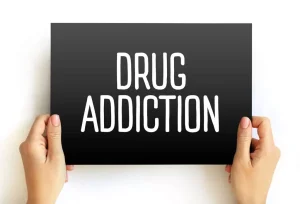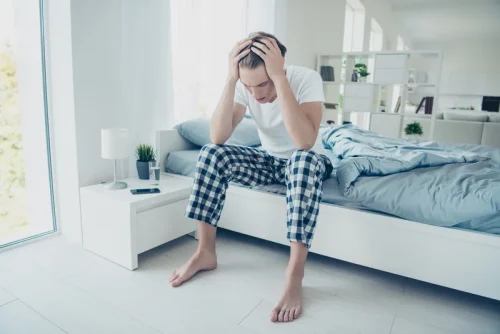
This ongoing fight increases their vulnerability to cravings, which may result in a potential relapse. There are two main types of triggers that can start someone towards the path of relapse. One of the biggest risks during drug recovery is that someone who is recovering from using a substance will relapse and begin taking that substance again. To avoid relapse, it is important to understand https://ecosoberhouse.com/ the risk factors and causes that typically lead to relapse. Understanding these risk factors will help you to avoid the potential risk of relapse during or following recovery. “Certain underlying mental health conditions, including substance use disorder, depression, and anxiety, might make someone more prone to experiencing more severe reactions to triggers,” McGeehan says.
Identifying Your Triggers
“Hyperarousal can look like anxiety, nervousness, fear, anger, irritability, or an inability to slow down or stop. Hypoarousal might look like depression, feeling shut down, sadness, dissociation, or hopelessness,” explains Harlich. If it is a consistently specific sight, internal vs external triggers smell, or situation, chances are this is your trigger. To better understand how to identify a trigger and ways to stay present when they happen, we spoke with three therapists below, who gave us expert techniques and tricks to try the next time you’re experiencing one.
- There may be times in your life when triggers are more powerful than others, but you will learn how to better manage them.
- It is important to help patients learn to identify their own warning signs of the relapse processthis will help them increase self-awareness and strengthen recovery.
- Physical relapses are one of the most challenging stages of relapse to overcome.
- Researchers highlighted the importance of avoiding the people, places and things that remind patients of their former lifestyle.
Stress as a Powerful Internal Trigger

Everyone will have different internal triggers, but by recognizing some of the common ones you will be better equipped to avoid or address your internal triggers. “Therapies such as cognitive-behavioral therapy, dialectical behavior therapy, and trauma-focused therapies such as exposure therapy are highly effective in helping people learn to cope with triggers,” Mezulis explains. Serenity at Summit is a network of addiction treatment facilities in the Northeastern United States, with centers in New Jersey and Massachusetts. We offer comprehensive, evidence-based treatment to support individuals in achieving and maintaining long-term sobriety.

Substance Abuse Triggers
In addition, the more coping strategies you have, the more likely you will be able to prevent the development of unhealthy coping strategies, such as alcohol and drug use. With external triggers, there are some steps you can take to manage our environment (for example, not going to certain places that you know will trigger a reaction), but you cannot control everything that happens to you. For example, you might inadvertently come into contact with a news story or conversation that reminds you of your traumatic event. Get out a sheet of paper and write down as many internal and external triggers as possible. Keeping track of your experiences and what was happening before you began to experience symptoms can help you better understand your triggers. A trigger can be anything that involuntarily reminds you of a past traumatic event, often causing a distressing fight or flight response.
How do I ground myself when I’m triggered?
Risk Factors

- Although it is important to increase your awareness of your triggers, doing so can cause some distress.
- Within the relapse process, there are many opportunities for the individual to intervene, reengage with recovery-oriented behaviors, and get back on track with recovery.
- “Hyperarousal can look like anxiety, nervousness, fear, anger, irritability, or an inability to slow down or stop.
- One common trigger source that is particularly effective at causing distress and drug cravings is smells.
- They are external factors or situations that remind one of past behaviors.
- People may feel unsafe or threatened and, as a result, may react by panicking, trying to escape the situation, crying, acting out, or becoming defensive.
Reducing Relapse Risk




Leave a comment